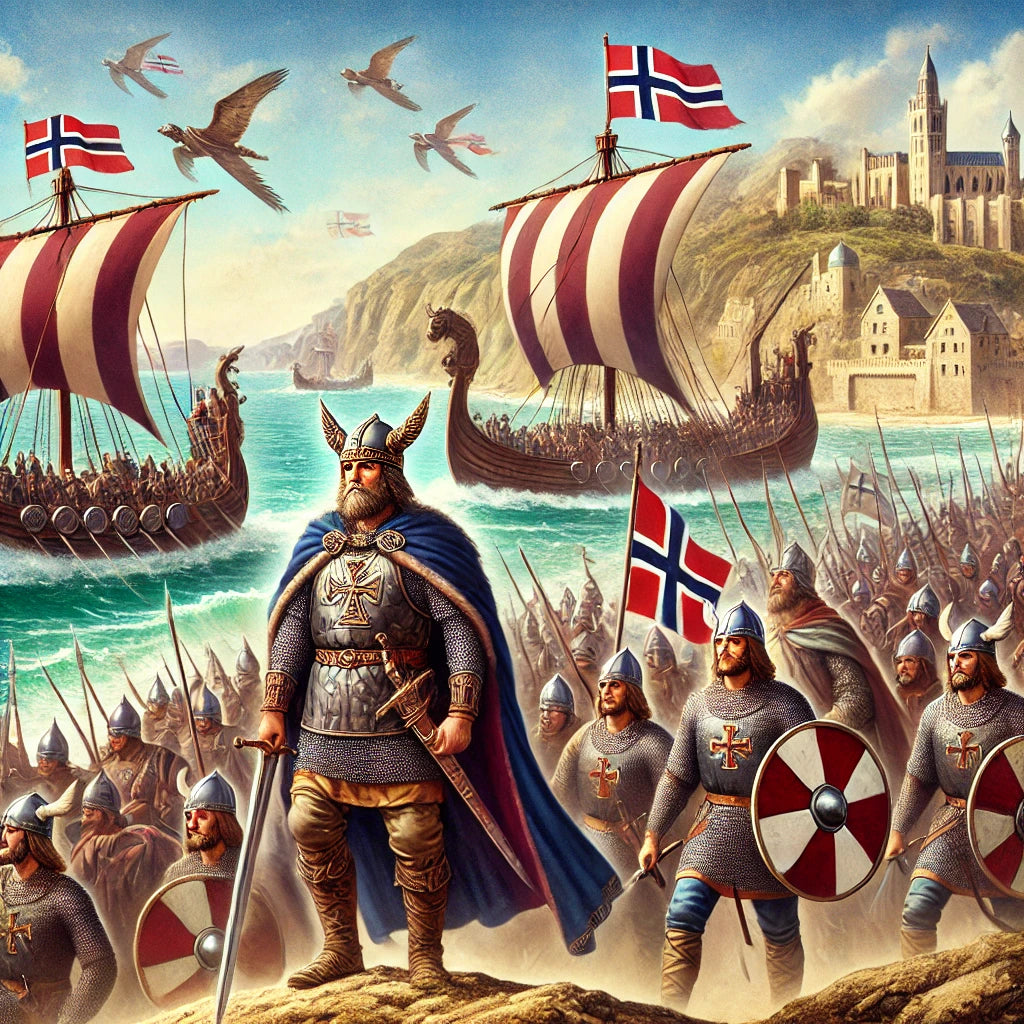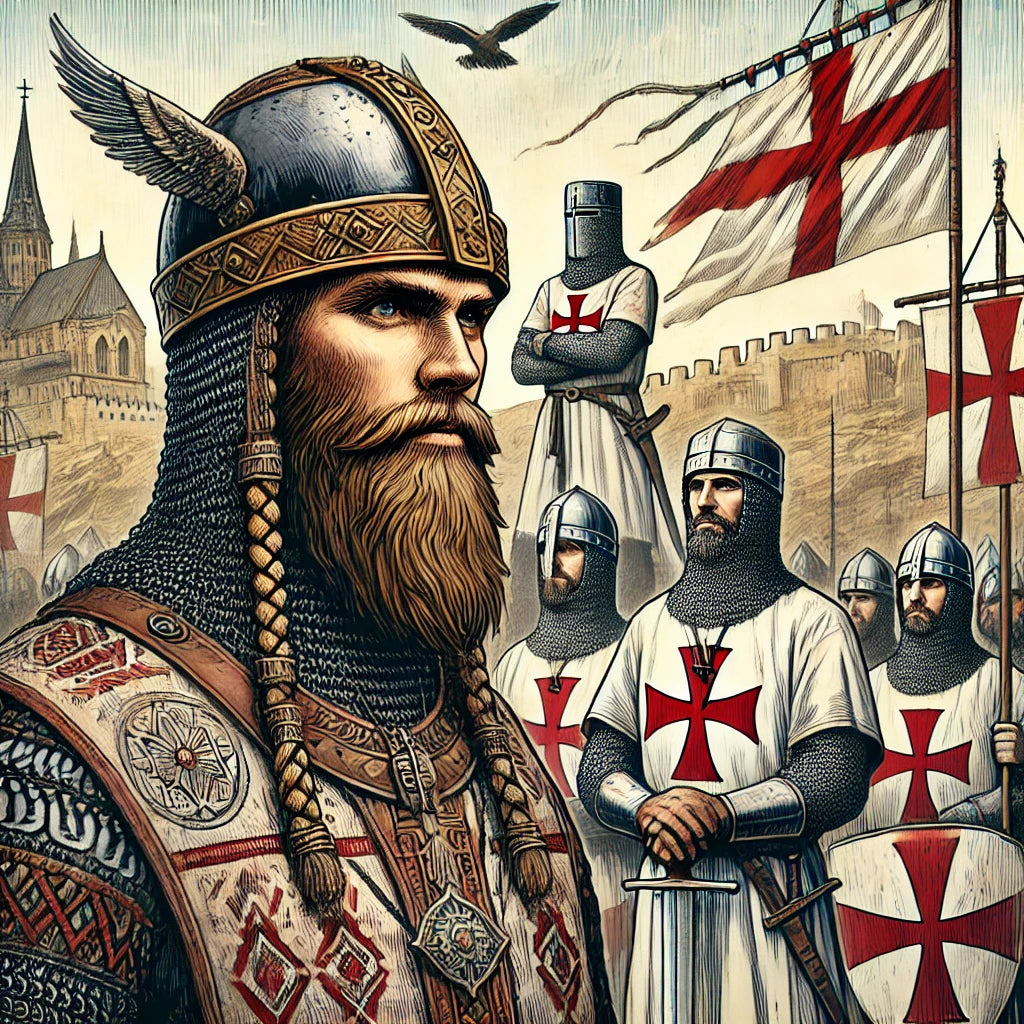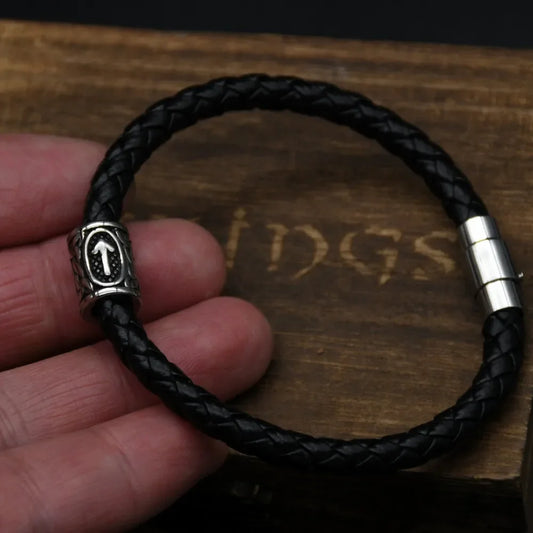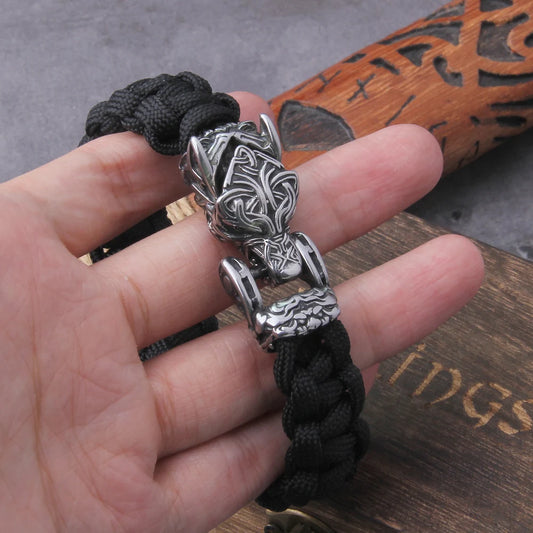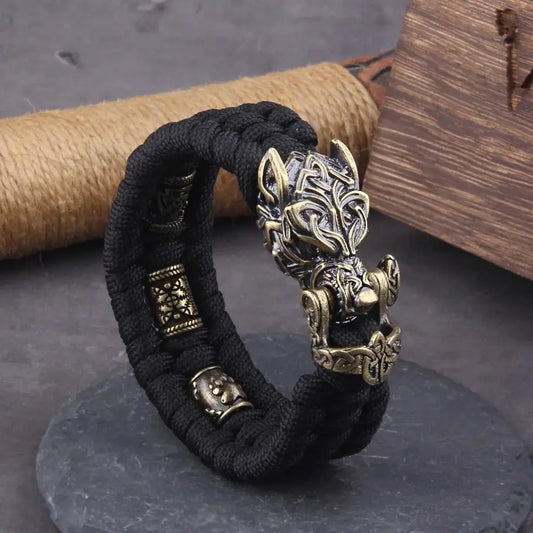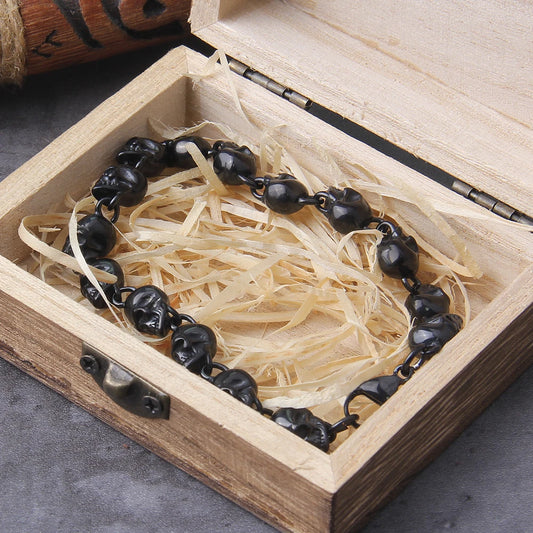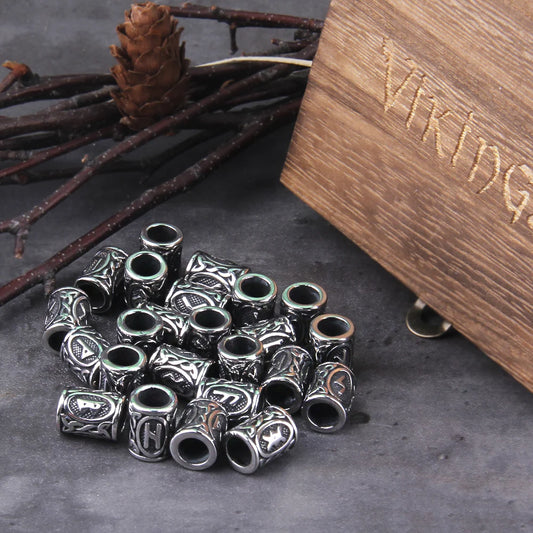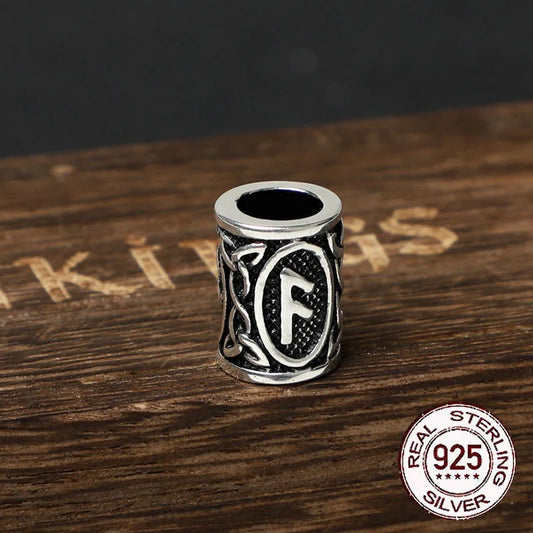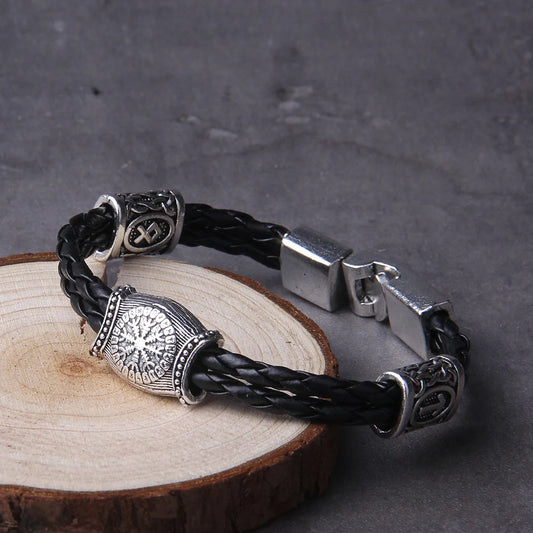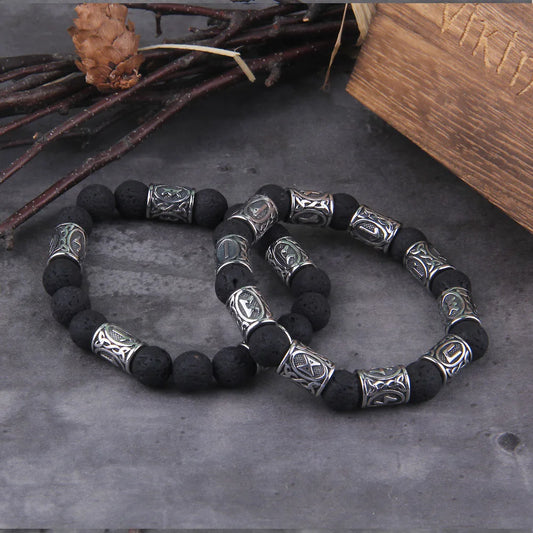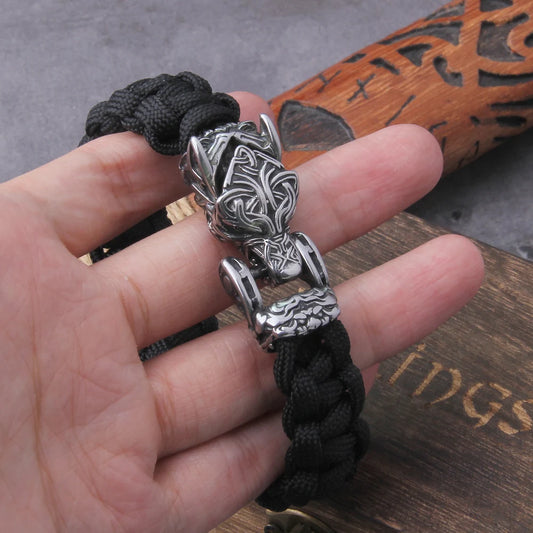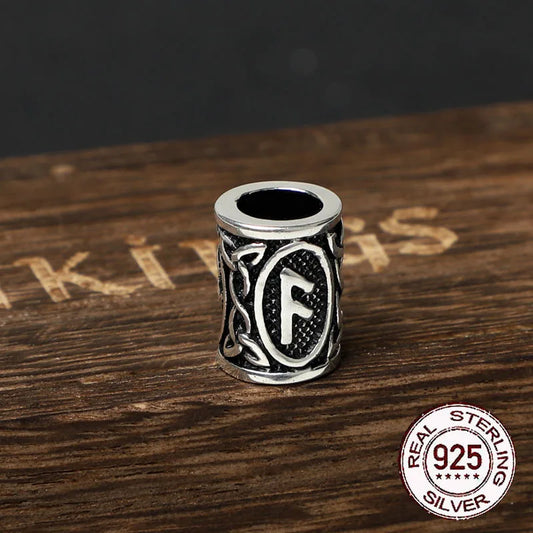The blood eagle (blóðörn in Old Norse) is a method of execution mentioned in Norse literature, the modalities of which vary according to the sources.
It may involve the carving of an eagle on the back of the victim. The blood eagle may also consist of cutting the back of the victim, separating the ribs from the spine, and then spreading them out like the wings of an eagle, thus pushing the lungs out of the chest.
Attestations of the Blood Eagle
Medieval Scandinavian literature records four victims of the blood eagle: two historical and two legendary figures.
The earliest is said to be King Aella of Northumbria. A stanza in Sigvatr Þórðarson's Knútsdrápa (10th century) tells how Ragnar Lothbrok's sons took revenge on their father's murderer:
In Jórvík sat
Ívarr who had an eagle
cut an eagle
on Aella's back.
-Sigvatr Þórðarson, Knútsdrápa, translation by Régis Boyer.
The killing of Ella is also reported in the Ragnars saga loðbrókar and the Geste des Danois by Saxo Grammaticus.
Another historical victim is Hálfdan háleggr ("long leg"), son of the Norwegian king Harald Fairhair. In the Orkneyinga saga, the Orkney jarl Torf-Einarr makes his rival Hálfdan suffer the ordeal of the blood eagle and offers it to Odin. Snorri Sturluson reports the death of Hálfdane in the same terms Haralds saga hárfagra, but without mentioning its odinic aspect.
Legendary characters also suffer the blood eagle. In the Reginsmál, it is thus cut on the back of Lyngvi, the murderer of Sigmund, father of Sigurd. The Nornagests þáttr quotes this same stanza, and develops it.
Finally, in the Orms þáttr Stórólfssonar, the torture of the blood eagle is inflicted by Ormr on the giant Brúsi, murderer of his sworn brother Ásbjörn.
Not all sources mention the cutting of the ribs and the extraction of the lungs. The Reginsmál, the Ragnars saga and the Gesta Danorum only mention the cutting of an eagle on the victim's back (the Gesta Danorum, however, specifies that salt was then thrown on the wounds).
Alfred P. Smyth has also suggested that Abbon of Fleury's account of the martyrdom of St. Edmund in his Passio Edmundi is the earliest evidence of the torture of the eagle of San
Meaning of the Blood Eagle
The various examples provided by medieval Scandinavian literature have led to the suggestion that the blood eagle is an Odinic sacrifice or a way of avenging one's father, but its meaning remains unclear.
Blood Eagle in Popular Culture
The Blood Eagle In movies
In Ari Aster's film Midsommar (2019), one of the protagonists who has come to attend a traditional festival in a remote part of Sweden ends up sacrificed. His body is found hanging horizontally in a chicken coop with his back split open, revealing the lungs outside the rib cage.
The Blood Eagle in TV Series
Vikings, in the seventh episode of the second season The Blood Eagle and eighteenth episode of the fourth season Vengeance.
Hannibal, fifth episode of the first season Shells.
Bones, twenty-first episode of the fourth season The Blood Eagle.
Blacklist, seventeenth episode of the second season Longevity Initiative.
The Blood Eagle In comics
In the comic Columbus Pasha from the D-Day series, a man dies being tortured by Vikings using the Blood Eagle method.
The Blood Eagle in Music
Swedish band Amon Amarth references the practice of blood eagle in the track Blood Eagle from the album Deceiver of the Gods (2013).
The Swedish band Månegarm also references the practice in their track Blodörn from the album Månegarm (2015).
American band Anthrax illustrates the Blood Eagle in the video for their nearly self-titled song Blood Eagle Wings from their latest album For All Kings (2016).
French thrash metal trio Bellator reference the practice in their video Blood Eagle from their album I (2017).
American progressive metal/djent band Periphery also illustrates Blood Eagle in their self-titled song Blood Eagle, the second track on their album Hail Stan (2019).
The Blood Eagle in Video Games
In the game Hellblade Senua's Sacrifice. Dillion, Senua's love, seems to have been executed by this method and is the reason for the protagonist's journey to Helheim.
In the game Assassin's Creed Valhalla. Ivar, son of Ragnar Lothbrok, practices this method on King Rhodri.
In the card game Gwent, a card of the Skellige faction represents this practice.


